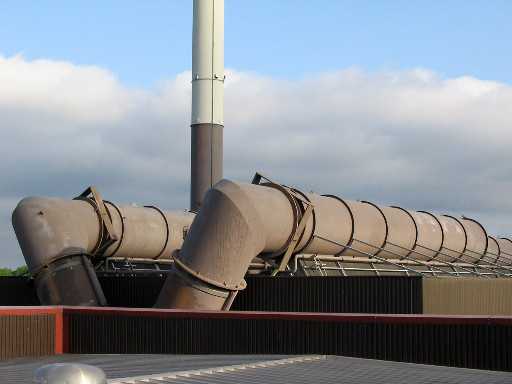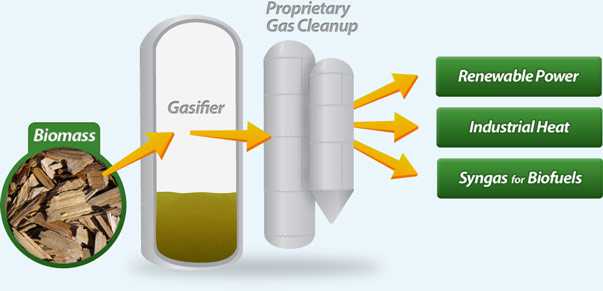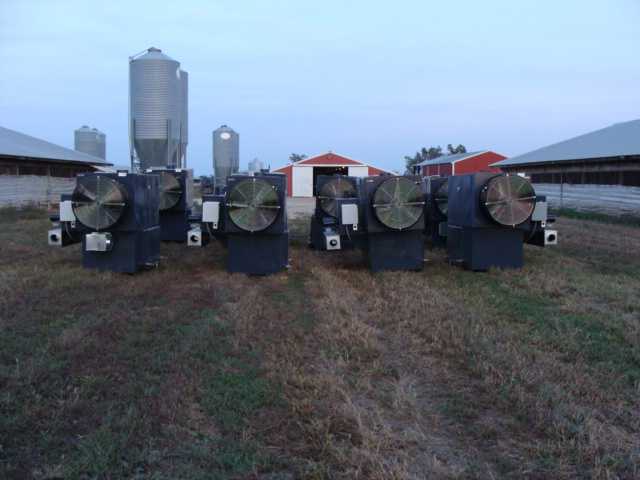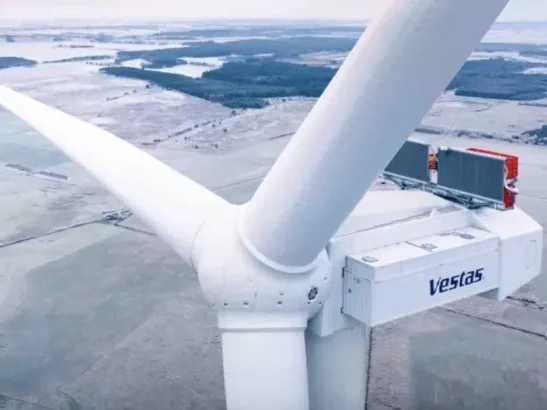Alternative Energy – Biomass –
Biomass energy is the energy obtained from the methane gas generated by sewage or farm, industrial and household organic waste, from specially cultivated organisms and trees. Biomass, is a renewable energy source utilising on biological material derived from living, or recently living organisms, such as wood, waste and alcohol fuels. Biomass is most suitable to generate electricity or produce heat.
For example, forest residues (such as dead trees, branches and tree stumps), yard clippings and wood chips may be used as bio fuel. However, biomass also includes plant or animal matter used for production of fibres or chemicals. Biomass may also include biodegradable wastes that can be burnt as fuel. It excludes organic material such as fossil fuel which has been transformed by geological processes into substances such as coal or petroleum.
Conversion technologies may release the energy directly, in the form of heat or electricity, or may convert it to another form, such as liquid bio fuel or combustible biogas.
Currently, there are two methods of harnessing energy from biomass. The first method is when waste wood and other sources are gathered and the waste is then transported to a biomass plant. Here, the waste is fed into furnaces where it is burned. The heat created is used to boil water and the energy from the steam is used to rotate turbines and generators.
The second method, through which energy is created, is called Landfill Gas. When garbage is burned or is allowed to decompose it gives off methane gas. Pipelines are put into the landfills (pits in which garbage is burned) and the methane gas is collected. It is then used to make energy in power plants.
Sources of Biomass are : woodchips – paper – trash –corn – maize – sugar cane – canola -sunflower – linseed – soy beans – grains – switch grass – animal waste (slaughtering) – manure – sewage – food scraps – hemp – wheat straw – vegetable oil – algae – silage – Bagesse – whey – rice husks – and many more
Advantages
• Biomass can be used for fuels, power production and products that would otherwise be made from fossil fuels.
• It does not add CO2 to the atmosphere as it absorbs the same amount of carbon in growing as it releases when consumed with fuel.
• It can be used to generate electricity with the same equipment or power plants that are now burning fossil fuels.
• Biomass fuel generally tends to be cheap.
• Using biomass sources places less demand on the Earth’s resources.
• The use of biomass energy has the potential to greatly reduce greenhouse gas emissions.
• The use of biomass can reduce dependence on foreign oil.
• Biomass is renewable
• Sources are commonly available
• Sources are locally produced
• Uses low-cost waste products
• Proven technology
• Biogases can be used in high-efficiency combined cycle plants
• Reduces greenhouse gases
Disadvantages
• Burning the fuel creates greenhouse gases, although only a very little.
• Extra costs of installing technology to process and recycle wastes
• Collecting sufficient quantities of waste can be difficult.
• Expensive to collect, harvest and store raw materials
• Large scale crop production will use vast areas of land and water, representing major problems
• Certain materials aren’t always available.
We are running out of fossil fuels and we can’t just wait for more to appear, we need to act now to find sustainable, ecologically friendly renewable energy sources.
“Putting people to work building wind turbines, solar plants, geothermal plants, electric vehicles and transmission lines would not only create jobs but also reduce costs due to healthcare, crop damage and climate damage – as well as provide the world with a truly unlimited supply of clean power,” s







